Cashews are now a well-known culinary item all across the world, despite their origin in South America. Because cashews have a flavor that is not overpowering, they make a great addition to a wide range of recipes. They are especially useful when you are looking to add crunch and texture to a dish.
Despite having a flavor and taste that is more neutral, roasting cashews significantly amplifies the deep nuttiness of their flavor. It provides a flavor that is similar to that of roasted nuts, which may then have additional flavors, such as salt, added to improve its overall profile.
Cashews are a healthy option for a snack, but they should be eaten in moderation since they may be high in sodium and other sodium-containing ingredients, especially if extra salt and spices are added.
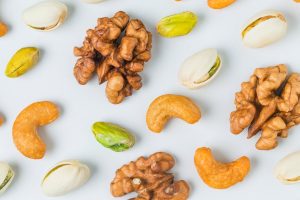
Cashews are a common kind of nut that may be processed into nut butter or puree, in addition to cashew milk, which is a dairy-free alternative. Pistachio nuts are often sold in their shells, and in order to access the delicious nut that is contained inside the shell, the shell has to be broken and peeled.
The flavor and taste of pistachios are often described as mild, with a trace of sweetness here and there. If you have ever had pistachio, you will be able to recognize the flavor of pistachio very quickly!
The pistachios that are sold as a snack often have salt added to them. The perfect bite is achieved when the savory flavor of the nut is married with the sweet flavor of the nut.
Pistachios, which do not contain any additional flavors or salt, may be used in both sweet and savory meals, and they provide a nuttiness that is very refined and understated.

PISTACHIOS vs CASHEWS CALORIES
People are quite interested in learning about the calories and nutritional content of some of your favorite meals. The information from the USDA and the NIH for the year 2020 was used to make a comparison of cashews and pistachios, each weighing 100 grams.
There are some significant differences in the nutritional profiles of cashews and pistachios, despite the fact that they share many similarities. Both cashews and pistachios have a substantial amount of calories, which is an essential fact to keep in mind.
Pistachios have a greater concentration of vitamins B6, folate, and riboflavin than other types of nuts. The amount of calcium that is found in pistachios is above average.
The nutritional value of cashews and pistachios are laid out side-by-side in the table that follows. In addition, you may look at how the nutritional information compares for a certain portion or serving size.
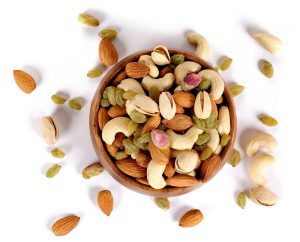
Cashews and pistachios are two kinds of nuts that have a high-calorie content relative to their weight. Pistachios have 553 calories for every 100 grams, but cashews contain 572 calories for every 100 grams.
When it comes to the proportions of the three macronutrients, the protein, carbohydrate, and fat contents of cashews and pistachios are quite similar. When compared to cashews, pistachios have a macronutrient ratio of 13:21:67, while cashews have a ratio of 14:19:68.
Pistachios and cashews both include a lot of fiber, which is a nutrient that is beneficial to your health. When compared to cashews, which contain 3.3 grams of dietary fiber per 100 grams, pistachios have 10.3 grams of dietary fiber per 100 grams. This is an increase of 212 percent.
Both pistachios and cashews have almost the same quantity of sugar per 100 grams; specifically, 7.7 grams of sugar in pistachios and 5.9 grams of sugar in cashews. Cashew and pistachio both contain 30.2 grams of total carbohydrates per 100 grams, whereas pistachio has 28.3 grams of total carbohydrates.
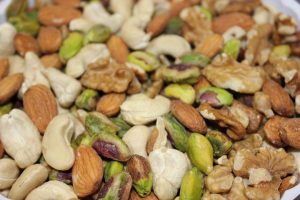
PISTACHIOS vs CASHEWS NUTRITIONS
Cashews have a higher concentration of the minerals copper, zinc, phosphorus, magnesium, and iron, as well as the vitamins B and K. Pistachios, on the other hand, are available at a lower cost and have a higher concentration of dietary fiber, calcium, potassium, and the vitamins B1, B2, B3, B6, folate, A, and E than almonds do. It is very necessary for them to be ingested without salt.
Cashews are a kind of nut that is thought to have originated in the tropical regions of Central America and the Caribbean. They are used in all parts of the world at this time. Ivory Coast and India are neck-and-neck when it comes to the number of cashew growers per country.
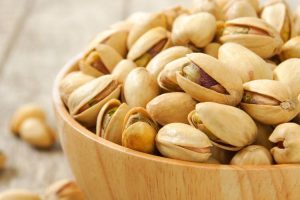
Pistachios are classified as seeds and nuts according to their botanical classification. Pistachios are members of the same family as cashew nuts. Pistachios are a species that can only be found in the countries that make up Central Asia. For a very long time, it has been considered an essential component of the Asian culinary canon.
These days, pistachio trees can be found growing all over the world, but the United States and Iran are the two countries that produce the most of them. Nuts such as cashews and pistachios are examples of foods that are regarded as having a low glycemic index. Pistachios have a glycemic index of 28, which is somewhat higher than cashews, which have a glycemic index of 25. Their glycemic index is quite similar to one another.
Pistachios and cashews both provide a lot of protein. Even though pistachio milk is one of the non-dairy kinds of milk that has one of the highest protein contents, it still has a substantially lower amount of protein per glass compared to dairy milk. Pistachios have a much higher protein content than cashews. Pistachios and cashews have similar weights, 18 grams for cashews and 20 grams for pistachios respectively.

PISTACHIOS vs CASHEWS ALLERGY
I think your given case report may be confusing. The patient’s response doesn’t prove crossreactivity between pink peppercorns and Anacardiaceae. No in vitro immunology tests showed crossreactivity. Pink peppercorns are related to cashews. This plant family is named sumac.
It’s fair to suppose a cross-reacting antigen was involved given the patient was also allergic to cashews and pistachios, but immunologic investigations are needed to prove this. As you remark, it’s fairly uncommon for members of the same botanical family to crossreact.
This family also contains cashew and peppercorn. It includes poison sumac, poison ivy, yellow mombin, smoke tree, marula, and cuachalalate. Some sources classify pistachio in this family, although others do not (Pistaciaceae).
Cashews and pistachios have the highest crossreactivity research. Cashew contains a vicilin-like protein, profilin, albumin, and globulin. Pistachio includes albumin, globulin, vicilin-like protein, and magnesium superoxide dismutase. A lipid transfer protein might be a pistachio antigen.
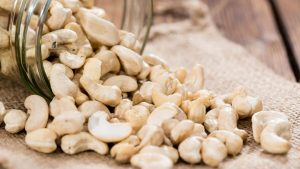
Pistachios are in the Anacardiaceae family. Studies have shown crossreactivity to cashew and pistachio. Mango and artemisia react with pistachios. Pectin and meals containing lipid transfer protein may cross-react with pistachio.
Cashew has similar cross-reactive patterns. Hazelnut, walnut, and peanut may cross-react with cashew. Sesamum indicum and buckwheat both show immunoreactivity. Cashew and pistachio pectin crossreact.
In vitro, immunologic crossreactivity between cashew and pistachio and other allergens is complicated. In regard to your question, there is possible crossreactivity between both of these and any member of the Anacardiaceae family, as indicated by one patient’s clinical reactions to a peppercorn, cashew, and pistachio.
It is impossible to take conclusive clinical conclusions from these cross-reactive patterns, except to state that there is probably an elevated risk of clinical crossreactivity between all of the above-listed foods, with pistachio and cashew being the strongest.
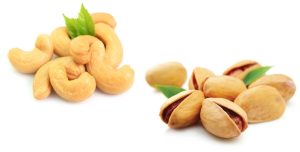
PISTACHIOS vs CASHEWS PRICE
All frugal consumers excel at being price-conscious. This involves being aware of the pricing of kitchen supplies. Those who are price-conscious have likely seen that the price of nuts is quite high. A little bag or can of nuts priced in the double digits might be surprising.
But why do some cost more than others? Consider cashews and pistachios. Why is the price of cashews higher than that of pistachios? In this piece, we will discuss the pricing of these nuts and provide an explanation for why they are accessible at these costs.
The judgment is still undecided on whether or not cashews genuinely cost more than pistachios. Some sources indicate that cashews are more expensive, while others indicate that they are less expensive. Therefore, whether cashews will cost you more depends on where you buy them, how many you buy, and what variety you purchase.

How much do cashews and pistachios cost on average?
Again, this depends on where you are searching. One of the most current sources we’ve seen indicates a pricing difference between these nuts. According to one source, the price per pound of pistachios is around $2.50, whereas the price per pound of cashews is approximately $8.95.
Other sources indicate that cashews cost $4.74 per ounce, whereas pistachios cost $6.87 per ounce.
The price of every nut fluctuates dependent on a vast array of variables. Cashews are difficult to process and can only be cultivated on sandy soil, resulting in an increase in price.
Pistachio trees, on the other hand, need a considerable amount of time to mature. Each bag of pistachios in the shop was produced by a tree that took twenty years to mature. Moreover, fully grown pistachio plants yield fewer nuts than other trees.
All of these factors might increase the price tag you see.
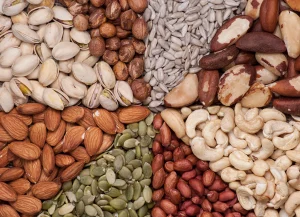
PISTACHIOS vs CASHEWS CHOOSE TO EAT
You need to make a decision on which item to consume now that you have a better understanding of the prices. Everyone has their own unique sense of taste, but which of these options would you recommend?
The number of calories that are included in cashews and pistachios are quite close to being the same. To put it another way, the amount of calories that you take in will remain relatively same regardless of whether you choose to eat cashews or pistachios.
Regarding vitamin content, pistachios are better. They have a higher concentration of calcium, potassium, vitamin C, and vitamin A than other foods. In addition, pistachios contain a whopping four times the amount of antioxidants than cashews do.
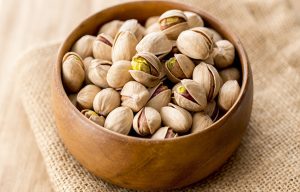
Pistachios, in comparison to other types of nuts, have a lower risk of cardiovascular disease. Having said that, health is not the only factor that determines what we consume. When choosing between pistachios and cashews, flavour is a crucial consideration that you should take into account.
Obviously, if you are unable to choose between the two options, you may also buy both of them. According to some recent findings, the price of cashews is often higher than that of pistachios. According to the findings of our research, pistachios, despite the fact that they are often more affordable, may be better for your health.
However, this is also contingent on the methods that are used to get cashews and pistachios. The nutritional content of nuts may be significantly impacted by a wide range of spices and glazes.
Flavor is another aspect to take into consideration. Because we like both cashews and pistachios, it would be difficult for us to choose a favorite among the two types of nuts. In point of fact, the choice of whatever alternative you go with ultimately rests with you.


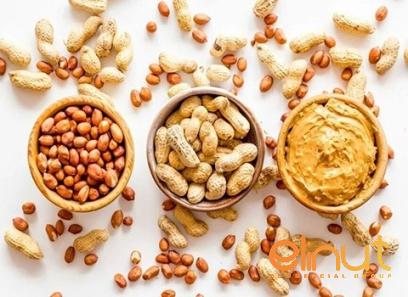
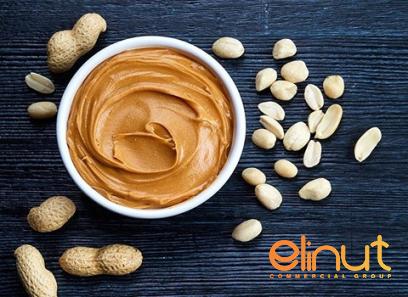

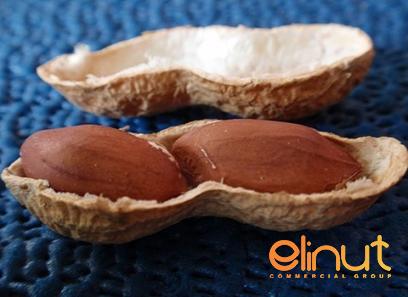
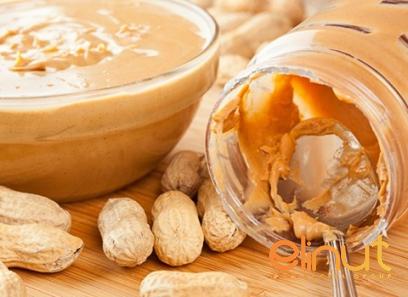
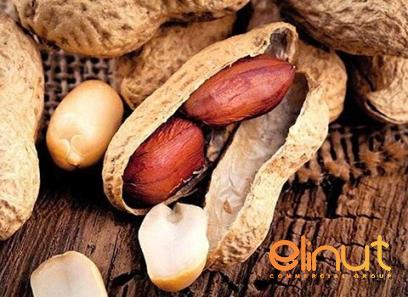
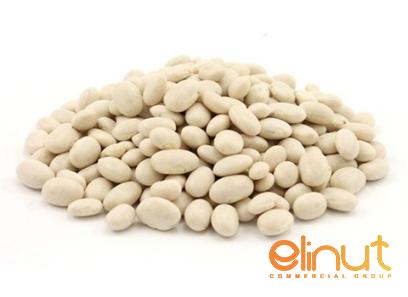
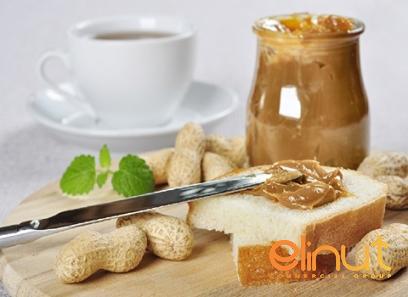
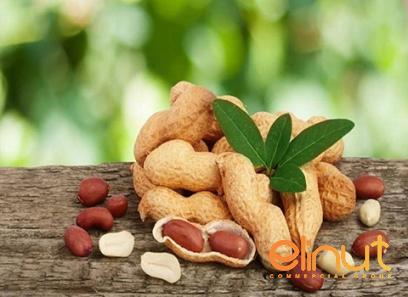
Your comment submitted.